A Detailed Guide About What Is A Commercial Motor Vehicle?
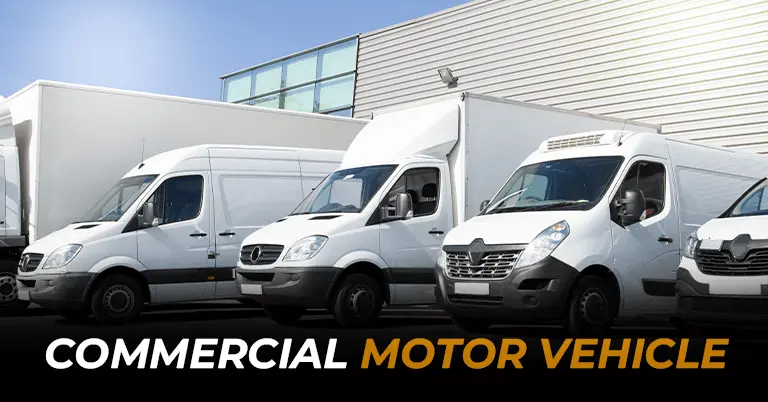
Do you run a transport business that is in charge of driving commercial vehicles across the United States? If yes, you must know the types of CMVs and the rules set by FMCSA for these types of vehicles. Let’s first define a CMV. CMV’s duties involve transporting people, products, and hazardous commodities within the state. Every transportation company should abide by a few key FMCSA standards. They must be aware of its different guidelines and types. It is a helpful guide that helps to understand everything about CMV. Let’s examine in more detail what a CMV is and what is necessary to stay in compliance with FMCSA rules.
Understanding About Commercial Motor Vehicle
The FMCSA defines a commercial vehicle as autonomous or towing vehicles that transport individuals or products on interstate public roads.
The criteria of this vehicle include:
- The CMV definition includes a gross vehicle weight rating or gross combination weight rating of 26,001 pounds or higher.
- Any vehicle used for passenger transportation is considered a CMV, including those that transport nine or more people with compensation and sixteen or more for free.
- The CMV also covers vehicles used in interstate commerce to deliver hazardous materials.
All of these factors guarantee that CMVs utilized for transportation adhere to the FMCSA’s safety regulations.
Different Types Of CMV’s
Non-commercial motor vehicles and commercial are different from each other. Both are used for the different purposes. Some of its types include the following:
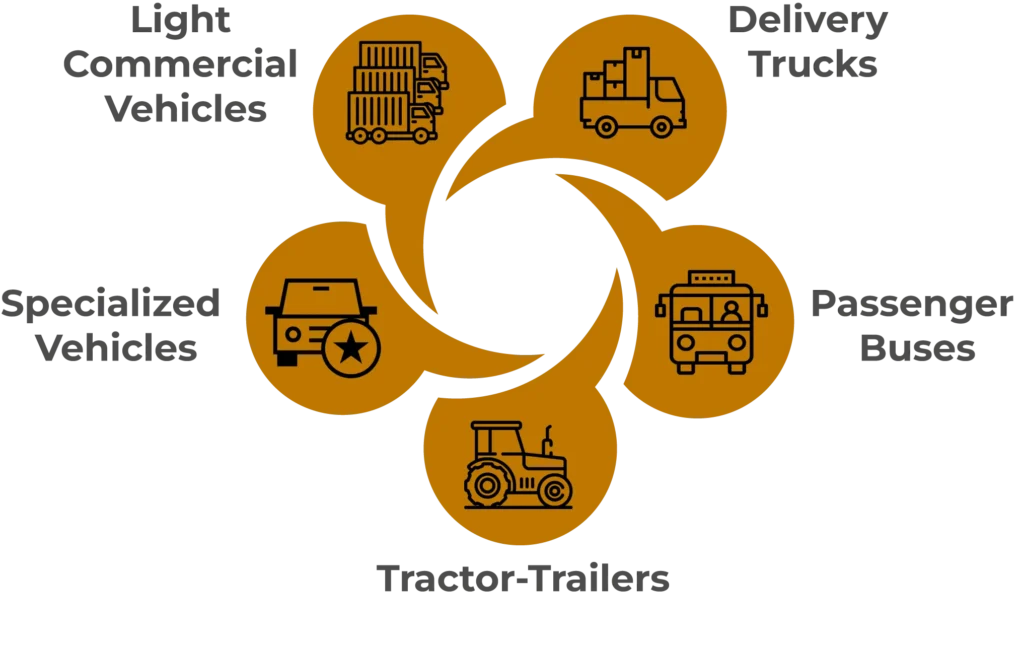
1. Delivery Trucks
The delivery trucks used by delivery companies are included in CMV. These trucks are perfect for short-distance deliveries.
Improve vehicle safety & optimize fleet operation.
Contact us for fleet management software & Stay Compliant!
2. Passenger Buses
Any bus utilized for passenger transportation is included in CMV. It ranges from school buses to intercity buses.
3. Tractor-Trailers
These CMVs are designed for heavy loads and freight transport. The load must exceed 10.001 pounds and include one or more trailers.
4. Specialized Vehicles
Commercial vehicles include some specialized vehicles, such as tankers and refrigerated trucks, which transport cargo such as heavy machinery and temperature-sensitive goods.
5. Light Commercial Vehicles
Businesses using vans and small pickup trucks are included among the CMVs. These trucks are classified as CMV if they meet the weight standards.
Key Regulations Necessary For CMV’s
Public safety and business growth are necessary by ensuring CMVs follow the stringent regulations of the authority. Here are some important regulations for the CMVs.
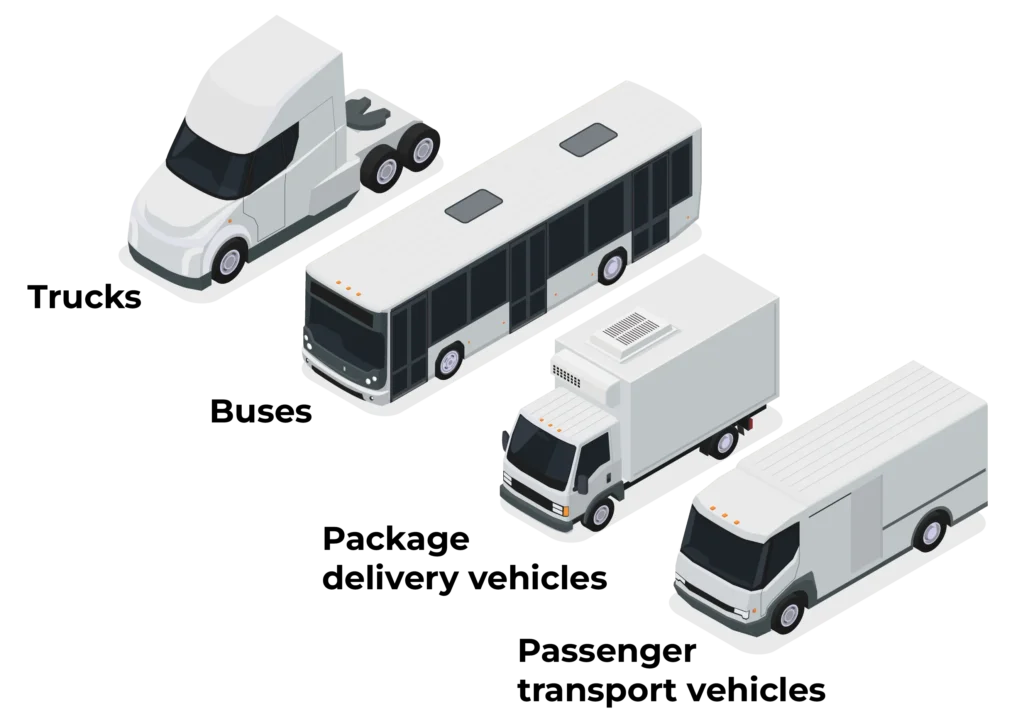
1. Commercial Driver License
A CDL is required for a CMV driver to operate a vehicle in the United States. The requirements vary across states, but they generally include skill tests, knowledge tests, and approval for specialized vehicles like tankers and hazardous materials. The CDL ensures whether a commercial truck driver can operate a large vehicle.
2. Hours Of Service
The HOS is designed for commercial vehicles (CMVs). It is a time for resetting and reworking during the drive. The HOS restricts drivers from operating for more than 14 consecutive hours. After 34 consecutive hours of rest, drivers must start their work week. The driver must take a 10-hour break after 11 hours of driving, as per the 11-hour driving duration.
3. Electronic Logging Device
Having a reliable ELD in the CM vehicle is necessary. It records the accurate engine working hours. Recording these working hours helps to stay compliant with the HOS rules. It provides an accurate HOS record.
4. CMV GPS
Commercial vehicles equipped with advanced solutions like GPS, Dashcams, and ELD stay safe and compliant. An advanced GPS device in commercial vehicles gives every second update about the vehicle’s whereabouts. Its associated software gives instant alerts in emergencies.
5. Maintenance & Inspections
Undergoing pre- and post-inspection ensures better vehicle health and makes the vehicle roadworthy. CMVs must undergo regular inspections to ensure roadworthiness.
DOT Compliance
To ensure the vehicle is roadworthy and safe, businesses must comply with the regulations set by DOT. It ranges from registering to DOT number, maintaining insurance coverage, and following DOT requirements.
CMV’s Transporting Hazardous Materials
Commercial motor vehicles that transport hazardous materials must follow proper labelling, packaging, and all required documents. It ensures they follow the regulatory requirements.
Tools For Efficient Management Of CMV
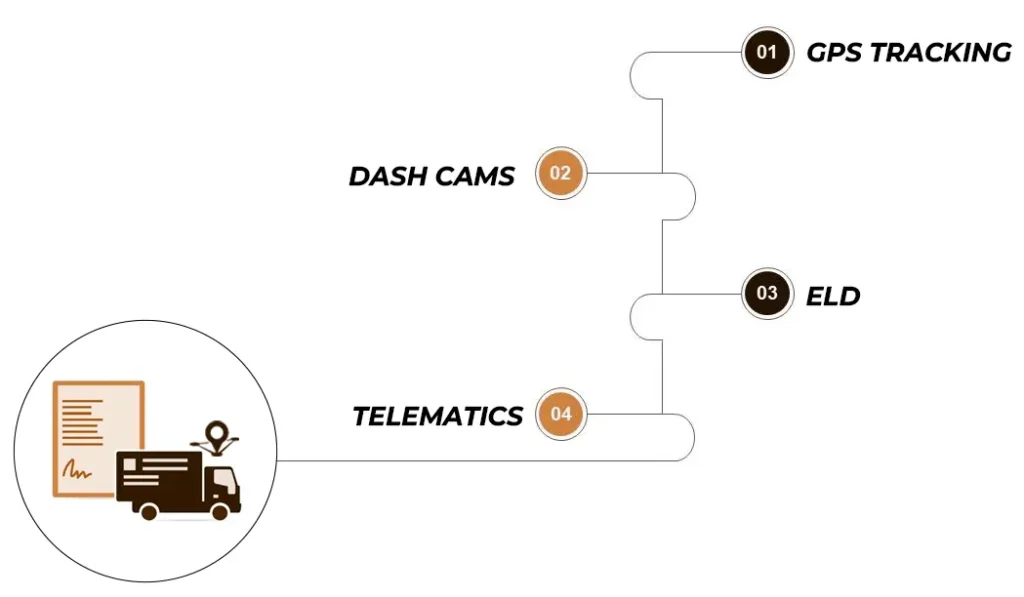
Managing the CMV feels challenging, but some efficient tools are necessary for the management of CMVs.
GPS Tracking: This technology allows for real-time vehicle tracking and provides updates every second about the status, movement, and location of your commercial vehicle. It also helps with better route planning, reducing costs.
Dash Cams: Dash cams enhance the visibility of what’s happening outside and inside your CM vehicle. They also record the audio inside your vehicle. They give a rear, back, and front view of the surroundings.
ELD: The ELD device from authorized vendors records the working hours of the vehicle engine. It gives an accurate log of the working hours and duty status to stay compliant with the HOS.
Telematics: Some of the best telematics companies in the US help keep records of fuel usage, routes taken, idle time, and other factors. Analyzing this data helps with better management.
Fleet Management software keeps you updated in real-time. Its online management system allows you to track every detail, whether it is location tracking, vehicle status, or any other emergency.
Does Commercial Motor Vehicle Matter?
Undeniably, commercial motor vehicles are essential for the global economy. It helps in safer supply chain management. It makes the transportation of goods, materials, and passengers efficient. It also improves the job opportunities for the drivers and fleet management. It also helps to expand the business. These heavy transport vehicles can deliver goods and passengers if they comply with the DOT standards. The different types of these vehicles vary from delivery trucks to school buses and other specialized vehicles. Besides this, the key regulations necessary for CMV include ELD, GPS device, HOS, and DOT Compliance. Ensure your vehicle compliance with the DOT standards and fulfil your business goals.
Latest Post
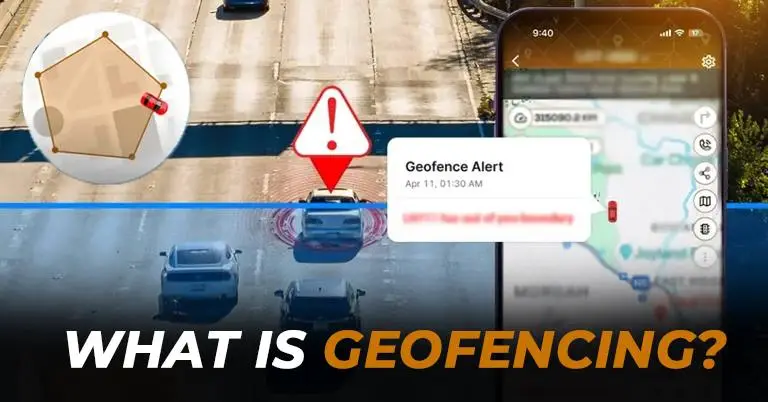
Explore About What Is Geofencing, Its Purpose, Benefits, And Working
Are you struggling to keep your fleet vehicles on the right track, minimize fuel consumption, ensure timely delivery, and satisfy
What Is Fleet Tracking? A Guide To Its Benefits & Importance!
Are you a company managing fleet vehicles in the USA? You might probably be dealing with a lot of operational
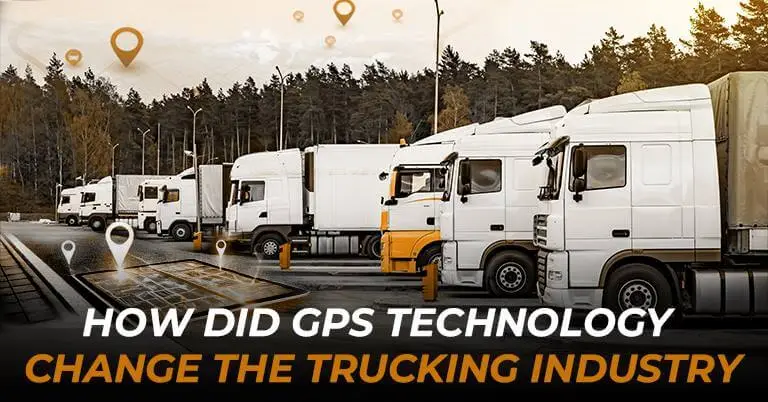
How Did GPS Technology Change The Trucking Industry?
GPS technology has revolutionized the traditional method of managing the trucking industry and its operations. As we approach 2025, technological

An Expert Guide On How to Improve Fleet Management in 2025!
Improving fleet management has become critical in the modern world, which is rapidly adapting to advancements. Growing technological advancements, constant

A Detailed Guide About What Is A Commercial Motor Vehicle?
Do you run a transport business that is in charge of driving commercial vehicles across the United States? If yes,
A Comprehensive Guide About What is Global Tracking Software?
Are you looking for reliable solutions to manage, track, and monitor your valuable vehicles or assets? You must have heard
FAQ's
Its abbreviation is commercial motor vehicles.
The driver of commercial vehicles is known as the CMV driver. A CDL is necessary to operate these vehicles on the road.
